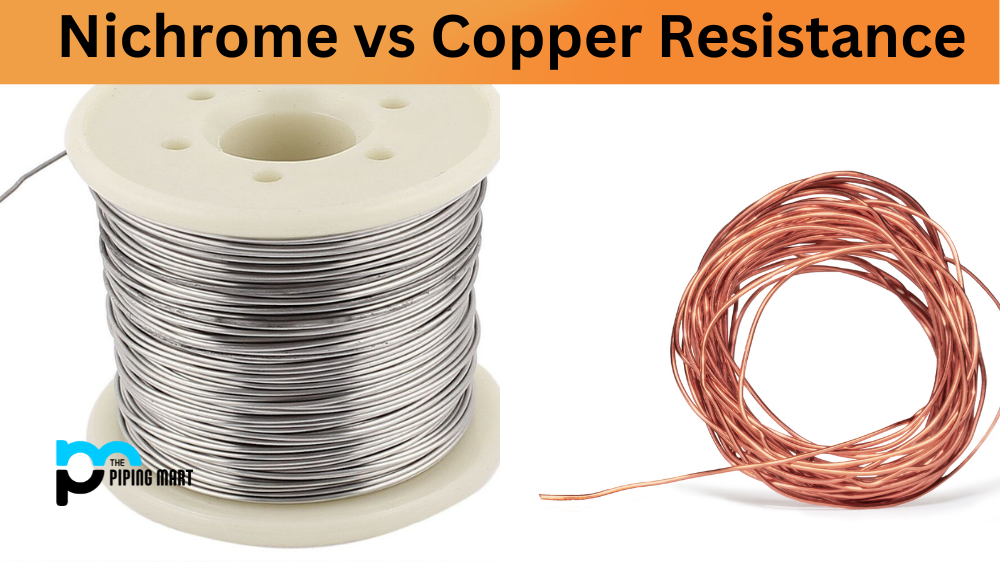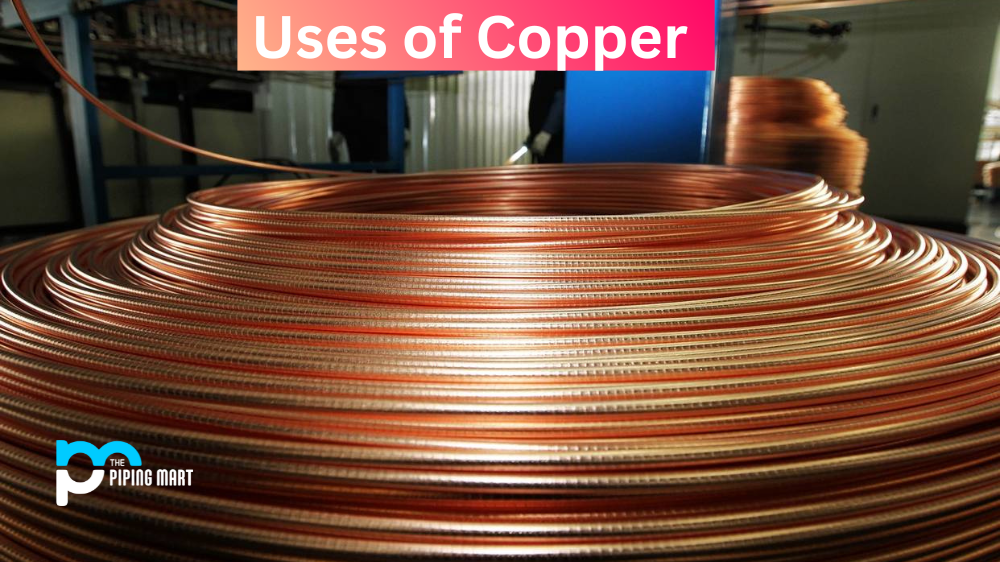Material selection is an essential part of any product design process. A suitable material can make or break a product’s functionality, durability, and quality. Two popular materials used in various industries are 4130 and 4340. While they may seem similar, their properties and applications differ significantly. In this blog post, we’ll dive deep into the differences between 4130 and 4340 to help you choose the suitable material for your project.
Difference Between 4130 and 4340 Steel
The main difference between 4130 and 4340 steel is that 4130 steel is a low alloy steel that contains chromium and molybdenum as strengthening agents, whereas 4340 steel is a high alloy steel that contains nickel, chromium, and molybdenum as strengthening agents. Furthermore, 4130 steel has a lower carbon content than 4340 steel.
Composition
4130 and 4340 sheets of steel are both chromium-molybdenum sheets of steel. However, 4130 contains 0.30% carbon, 1.00% chromium, and 0.20% molybdenum. On the other hand, 4340 steel has a higher carbon content of 0.40%, 0.80% chromium, and 0.25% molybdenum. The higher carbon and chromium content in 4340 makes it more robust and has better hardness and toughness properties than 4130. With a higher nickel content, 4340 offers better ductility and resistance to wear and tear than 4130.
Applications
4130 steel is used to manufacture airframes, roll cages, and bike frames. The welding ability and ease of processing make it a popular choice for these applications. On the other hand, 4340 steel is commonly used in constructing engine components, such as gears, crankshafts, and fasteners, thanks to its toughness and high strength.
Heat Treatment
Heat treatment plays a vital role in the properties of any steel, including 4130 and 4340. 4340 can be heat-treated more efficiently than 4130. It can be quenched and tempered or normalized and tempered to enhance its hardness and toughness. The hardening and strengthening of the steel are critical criteria for machining and gear-making applications. 4130 can only undergo a limited heat treatment process, restricting its hardness and strength.
Cost
Material cost is an essential factor when it comes to selecting a material. The cost of 4130 steel is lower than that of 4340 steel. This cost difference means the 4130 material is perfect for projects that require a lower budget, while 4340 is more suitable for projects that require components with high strength and a greater lifespan.
Properties
4130 steel has good machinability properties as well as weldability properties. It can be heat treated to produce a wide range of tensile strengths and hardness values. However, it cannot be cold-worked due to its low carbon content. 4340 steel also has good machinability and weldability properties but can be cold-worked to a higher degree than 4130 steel due to its higher carbon content
Conclusion
In summary, choosing a material is critical in any product design process. It’s essential to consider several factors, such as composition, applications, heat treatment, and cost, before selecting a material. The differences between 4130 and 4340 emphasize the importance of choosing the suitable material for your project based on the desired properties. Both materials have their unique uses, advantages, and disadvantages. Understanding these differences allows you to select the appropriate material that aligns with your project requirements, ensuring a successful product design process.

Hey, I’m Krutik, a casual blogger expert in the metal industry. I am passionate about providing valuable information to my readers. With a background in engineering and construction, I like playing Cricket & watching Netflix shows in my free time. Thank you for visiting my blog, and I hope you find my information helpful!




